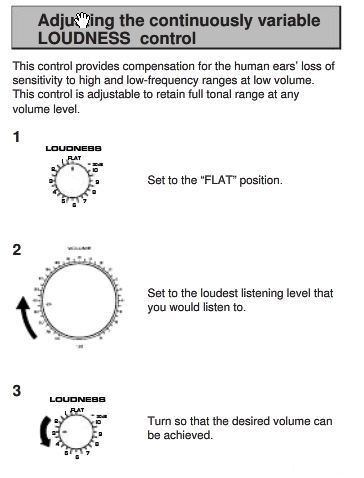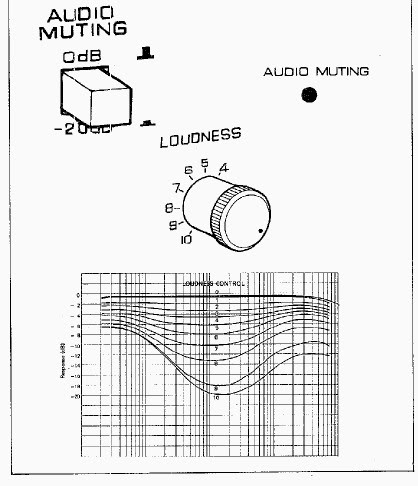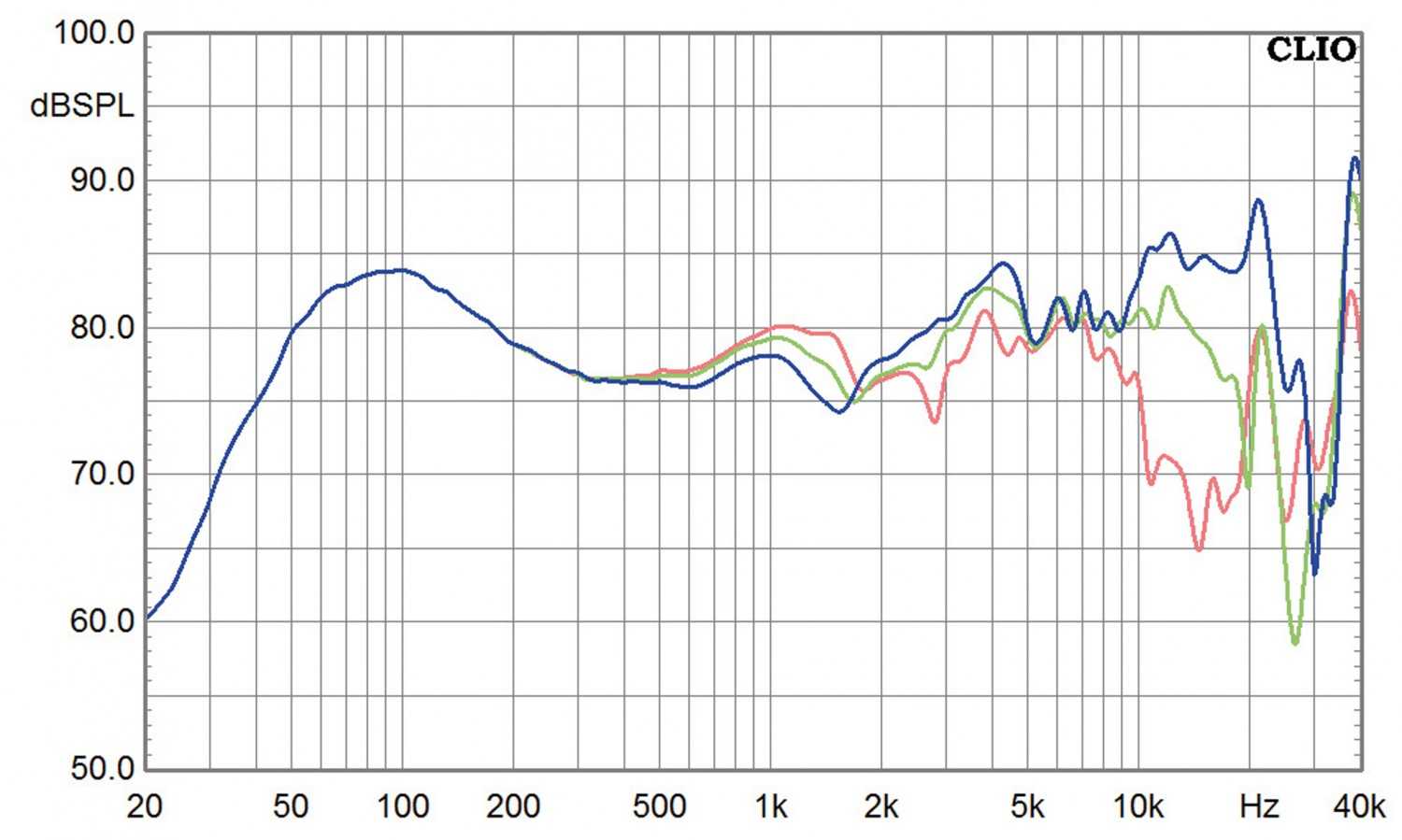From reading around, I am guessing that most people suffer to a certain degree from a similar "problem" whereby you need to turn it up to really enjoy your system.
Any suggestions ?
I have no idea in which direction to go. I would love to be able to listen at lower volume but my system sounds great at let´s say normal listening session loudish but at lower volume it tends to fall apart and ceases to surprise. Please note I am not talking about uncomfortably loud by any stretch of the imagination.
I run vinyl only (LP12, Ittok LVIII, P77), Sugden A21SE, Wd25tex speakers).
Might stand mount speakers help ? ( thinking of building Robert’s AR22 Tribute as I have all the parts bar the wood), or perhaps listen from a more near-field position ? Or use cans ?
Or should I just chalk it up to age and imbibe something nice ? Do all systems need a bit of "encouraging " or is it a case of suck it and see ?





